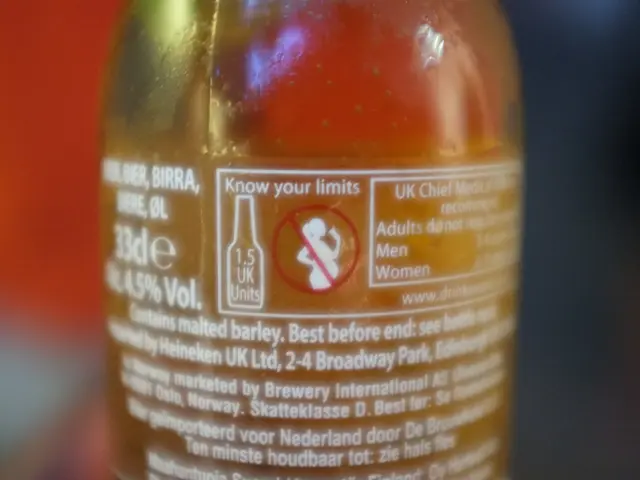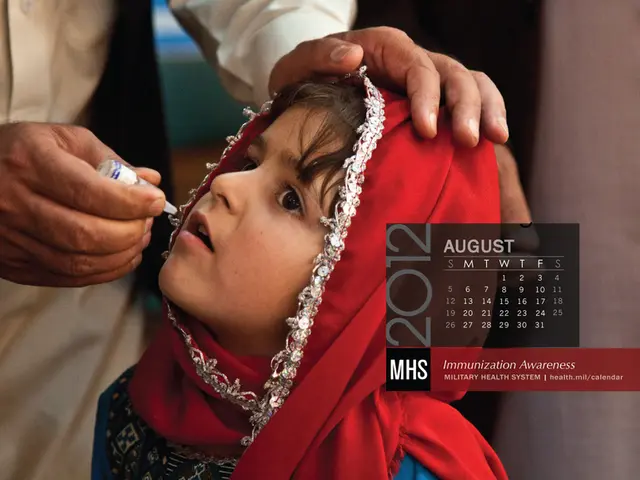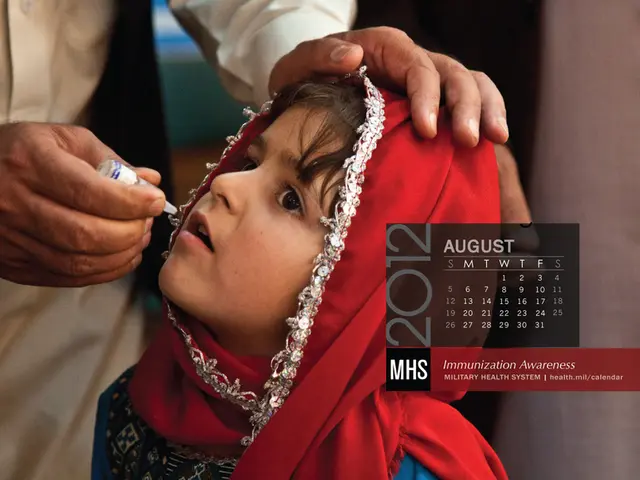Distinguishing Age Spots from Skin Cancer: Recognizing the Differences
Switchin' Spots: Age Spots vs. Skin Cancer
As we age, our skin may develop brown, gray or yellow patches known as age spots. These are common and harmless, but they can resemble certain types of skin cancer. Here's what you need to know about these two conditions and how to differentiate between them.
The Showdown: Age Spots and Skin Cancer
Both age spots and skin cancer can crop up on sun-exposed parts of the body such as the face, hands, and shoulders. Understanding the essential differences can help you spot any worrying signs and seek professional advice when necessary.
What Am I Dealing With? Differences Between Age Spots and Skin Cancer
Unlike skin cancer, age spots are entirely harmless and don't need any treatment. They are usually flat, smooth, and well-defined dark spots that appear as a result of excess melanin production in response to prolonged sun exposure. Age spots are more common on lighter skin types and often show up around middle age.
On the other hand, skin cancer is a real health concern. The three most common types of skin cancer - basal cell carcinoma, squamous cell carcinoma, and melanoma - have irregular, blurred, or ragged edges, may change in color, size, or shape, and can even be multiple colored. Melanoma, the most dangerous type of skin cancer, can also appear in less visible areas, especially in darker-skinned individuals.
Snap Decision: Diagnosing Age Spots and Skin Cancer
Age spots can usually be diagnosed through visual examination by a dermatologist, as they appear as distinct, flat, and well-defined dark spots on sun-exposed areas. On the other hand, if your doctor suspects skin cancer, they may use the ABCDE criteria (Asymmetry, Border, Color, Diameter, Evolution) and possibly perform a biopsy to verify the diagnosis.
No More Mr. (or Ms.) Age Spot: Treating Age Spots
Since age spots are harmless, treatment is optional and mostly cosmetic. Some of the common methods used to reduce the appearance of age spots include topical creams, chemical peels, laser treatments, and microdermabrasion. Be sure to consult a dermatologist for the best treatment options.
When The Stakes Are High: Treating Skin Cancer
The treatment for skin cancer depends on several factors, including the type, location, and stage of the cancer, as well as the individual's overall health. Surgical removal, chemotherapy, radiation therapy, immunotherapy, and targeted therapy are common treatment options for basal and squamous cell carcinomas and melanoma.
Keepin' A Healthy Watch: Prevention and Monitoring
Prevention is key in both cases. Reducing sun exposure, wearing protective clothing, and using sunscreen regularly can help you avoid both age spots and skin cancer. Regular skin exams can also help you catch skin cancer early, which improves treatment outcomes and chances of survival.
- Melanoma, the most dangerous type of skin cancer, can also appear in less visible areas, especially in darker-skinned individuals, requiring regular skin exams for early detection.
- In contrast to skin cancer, age spots are entirely harmless and don't need any treatment, being usually flat, smooth, and well-defined dark spots that appear as a result of excess melanin production.
- To diagnose skin cancer, a doctor may use the ABCDE criteria (Asymmetry, Border, Color, Diameter, Evolution) and possibly perform a biopsy to verify the diagnosis, while age spots can often be diagnosed through visual examination by a dermatologist.
- The three most common types of skin cancer - basal cell carcinoma, squamous cell carcinoma, and melanoma - have irregular, blurred, or ragged edges, may change in color, size, or shape, and can even be multiple colored, making them significantly different from age spots.
- Prevention is crucial in both age spots and skin cancer cases, with reducing sun exposure, wearing protective clothing, and using sunscreen regularly being essential for maintaining good health and wellness, as well as for preventing skin-care issues and skin-conditions.








